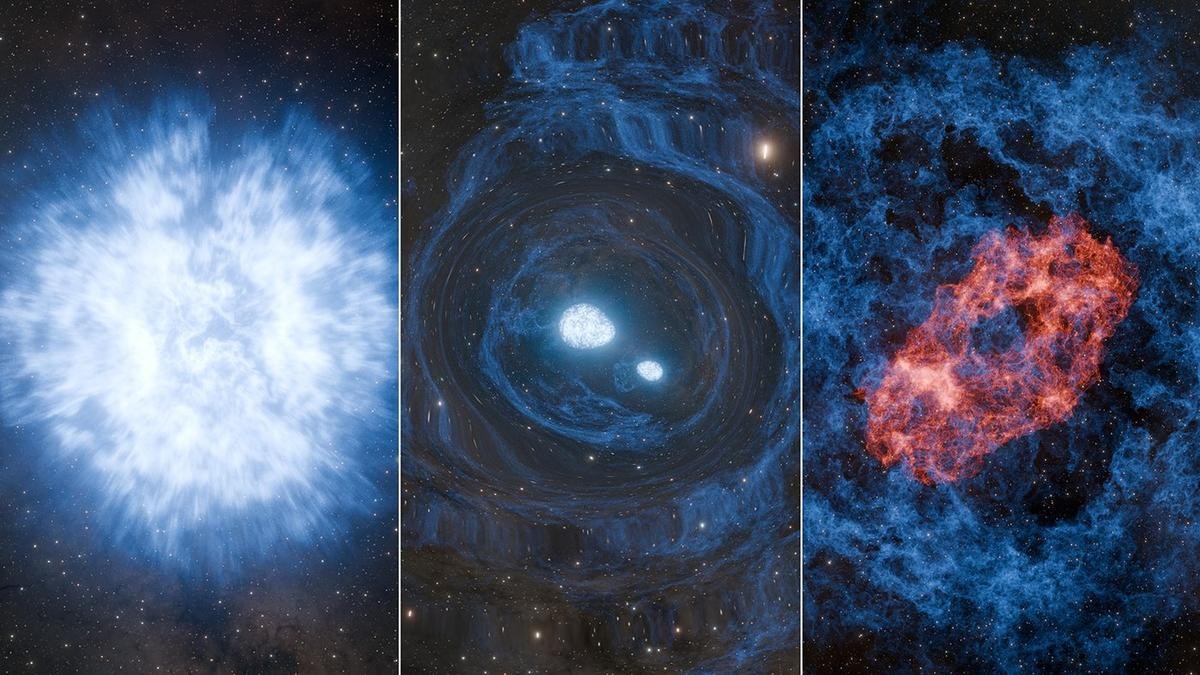



NPRD 2021 promises aid, but the ₹50 lakh cap fails to cover lifelong therapies. Court-ordered funding extensions face delays. Advocacy groups urge urgent reforms: expand funding, prioritize approved treatments, strengthen Centres of Excellence, and ensure timely access—vital steps to bridge policy and patient realities.

Copyright infringement not intended
Picture Courtesy: TIMESOFINDIA
Rare disease patients suffer due to gaps in policy implementation despite government programs.
Despite the establishment of the National Policy for Rare Diseases (NPRD) in 2021 and establishing a financial assistance program, a significant number of patients, especially children with Lysosomal Storage Disorders (LSDs) like Gaucher, Pompe, Fabry, and MPS, continue to suffer without access to essential, life-saving medical care.
The ₹50 Lakh Funding Cap
The NPRD 2021 provides one-time financial assistance of up to ₹50 lakh per patient for treatment. However, many rare diseases, particularly LSDs, require lifelong and very expensive Enzyme Replacement Therapy (ERT). The ₹50 lakh often gets exhausted quickly.
Judicial Intervention and Government's Stance
The Delhi High Court in October 2024, directed the Ministry of Health and Family Welfare to extend funding beyond the ₹50 lakh cap for patients with rare diseases. The Court also mandated the establishment of a ₹974 crore national fund for rare diseases for the fiscal years 2024-25 and 2025-26.
However, the Ministry of Health and Family Welfare has challenged this High Court directive in the Supreme Court, where the matter is pending.
Role of Advocacy Groups
The Lysosomal Storage Disorders Support Society (LSDSS) has been campaigning for urgent action. They highlighted the Union Health Minister that despite the government allocating over ₹205 crore to 12 Centres of Excellence (CoEs), over 300 eligible patients remain untreated, and at least 50 have died.
They point out a disconnect between the Ministry's stated commitment (that no eligible patient should be denied life-saving therapy) and the actual ground reality where funding and treatment access remain major hurdles.
LSDSS's Demands to the Ministry
Direct CoEs to immediately accept all eligible patients.
Ensure strict compliance with the NPRD 2021 guidelines by CoEs.
Prioritize treatment for patients with conditions that have DCGI-approved therapies.
Establish a rapid response task force to ensure timely initiation of treatment.
Authorize CoEs to provide continued treatment support beyond the ₹50 lakh cap based on clinical merit and necessity.
|
Lysosomal Storage Disorders (LSDs) They are a group of rare inherited metabolic disorders. They result from defects in the function of lysosomes, which are essential organelles within cells. Lysosomes contain specific enzymes that break down various complex molecules like fats (lipids), sugars (carbohydrates, specifically glycosaminoglycans or mucopolysaccharides), and proteins into simpler components that the cell can reuse or dispose of. In individuals with an LSD, a particular lysosomal enzyme is either missing, deficient, or does not function correctly due to a genetic mutation. |
Urgently review and revise the financial cap under NPRD 2021, considering the lifelong nature of treatment for many rare diseases.
Ensure timely and adequate fund flow to CoEs and establish clear protocols for continued treatment beyond the initial cap based on clinical evaluation.
Implement the Delhi High Court’s directive regarding the creation of a substantial national fund, or create an alternative robust financial mechanism.
Strengthen CoEs with infrastructure and manpower.
Enhance the transparency and efficiency of the crowdfunding platform and other support mechanisms.
Accelerate efforts for indigenous drug development to make treatments more affordable.
Must Read Articles:
ISSUES IN TREATMENT OF RARE DISEASES
NATIONAL POLICY FOR RARE DISEASES 2021
Source:
|
PRACTICE QUESTION Q. Which one of the following is correct about the origin of most rare diseases”? A) Most result from bacterial or viral infections or allergies. B) The origin is unknown for the majority of rare diseases. C) Most are caused by environmental factors. D) Most rare diseases are genetic in origin. Answer: D Explanation: While the exact causes of all rare diseases are still being researched, it is widely recognized that the majority of rare diseases are caused by genetic factors. These genetic factors can include:
|









© 2026 iasgyan. All right reserved